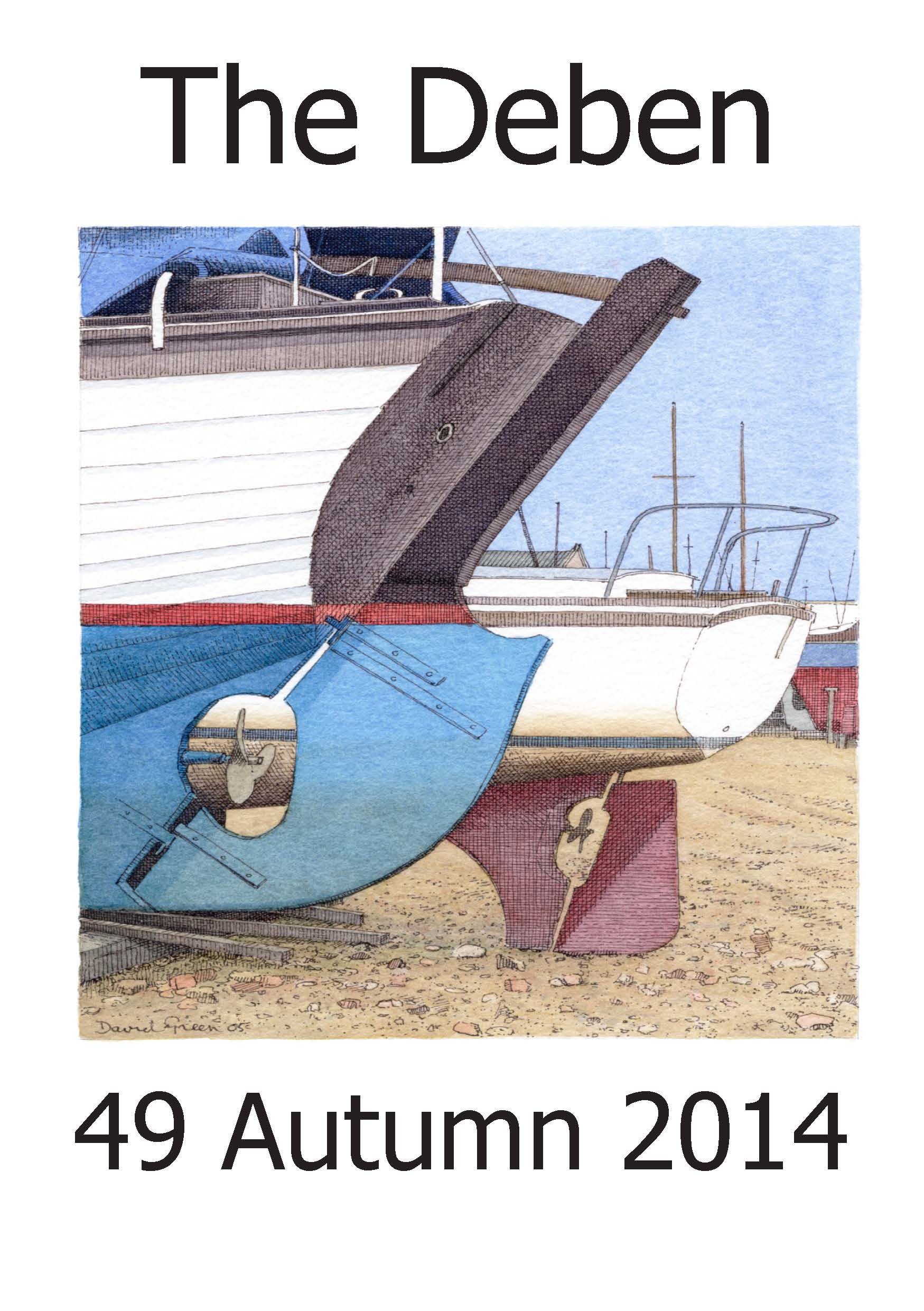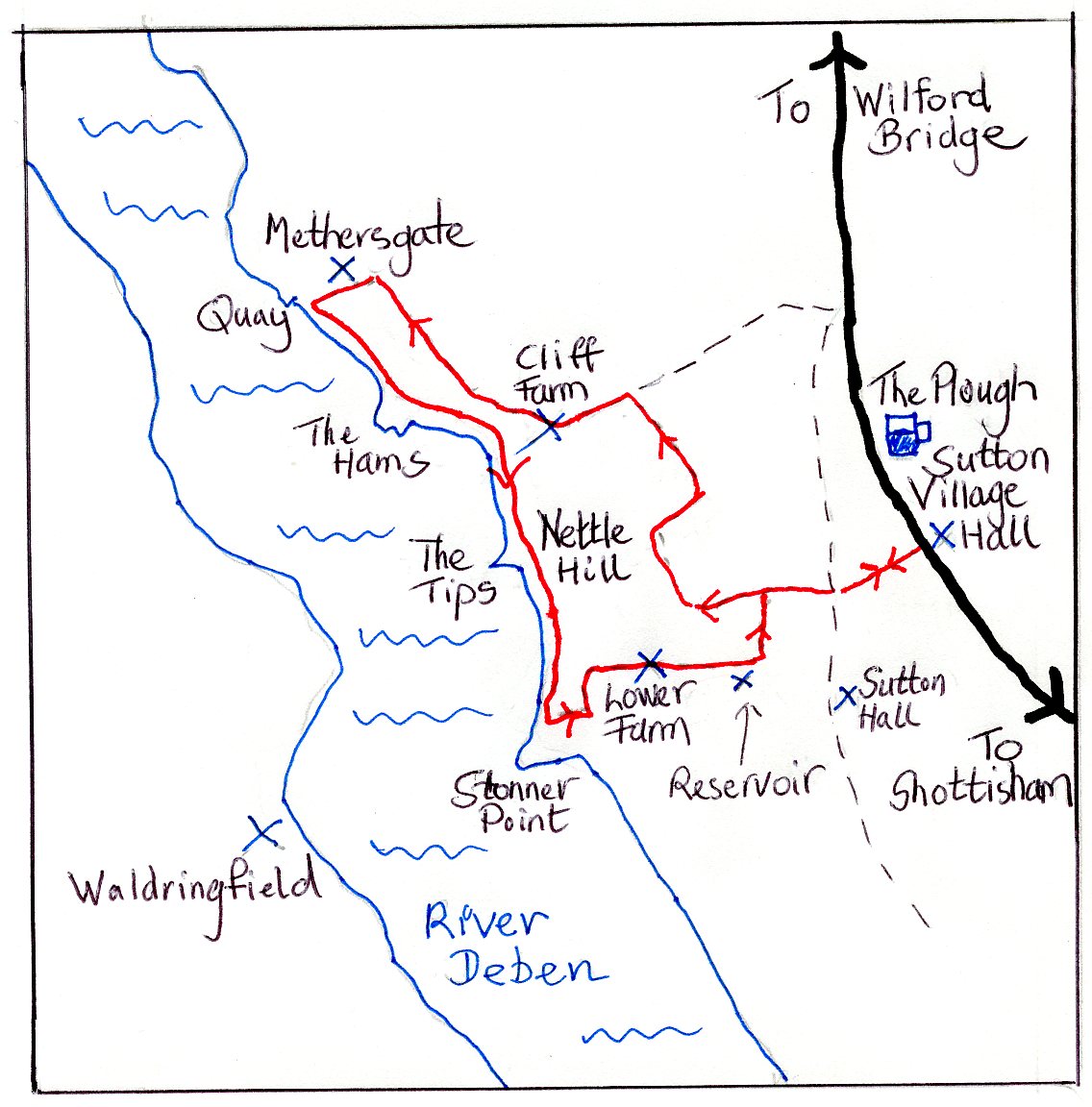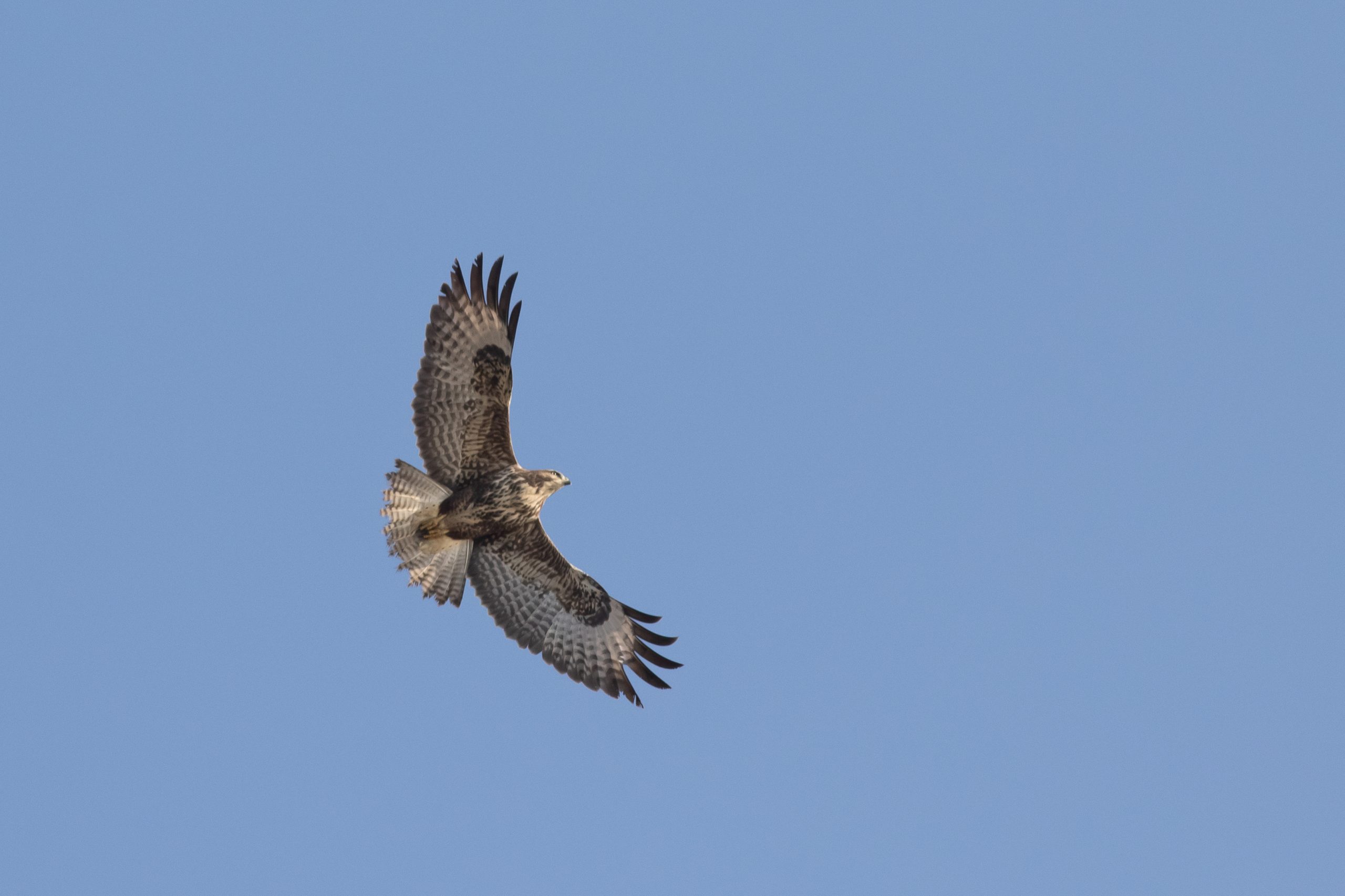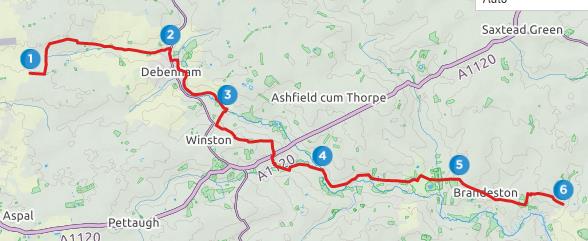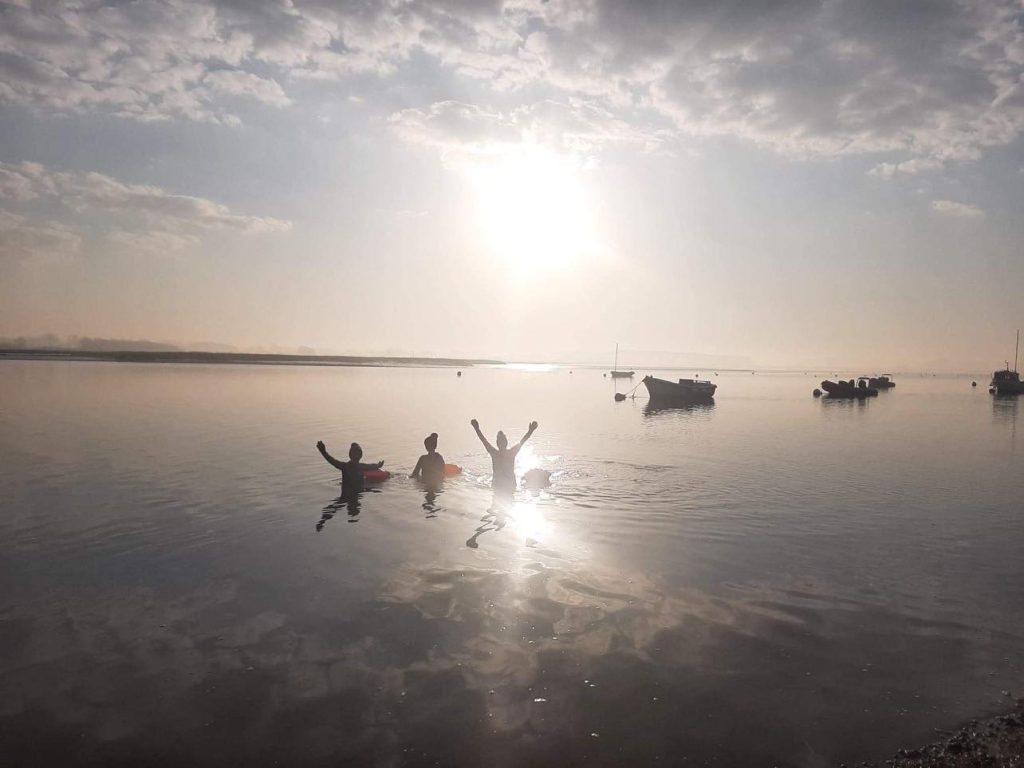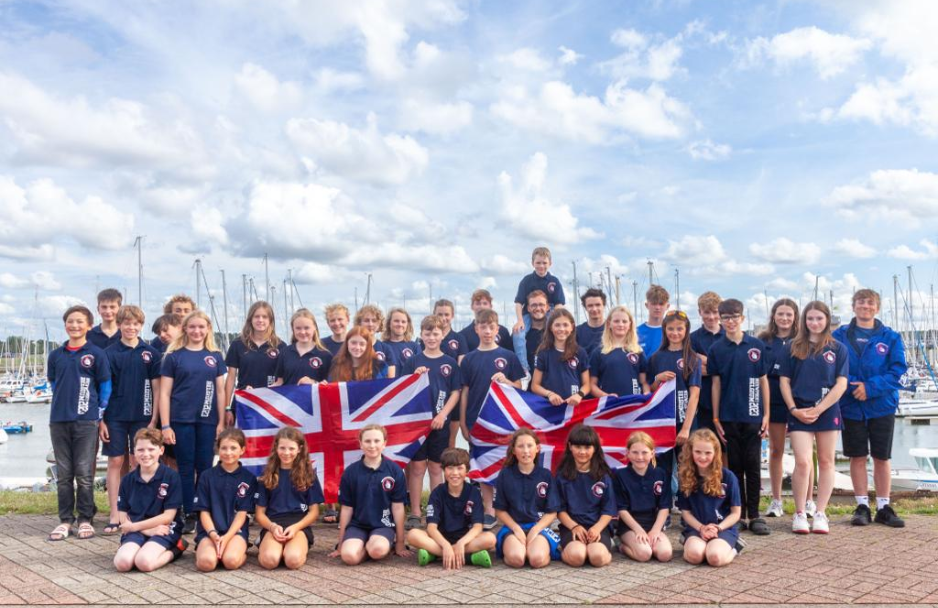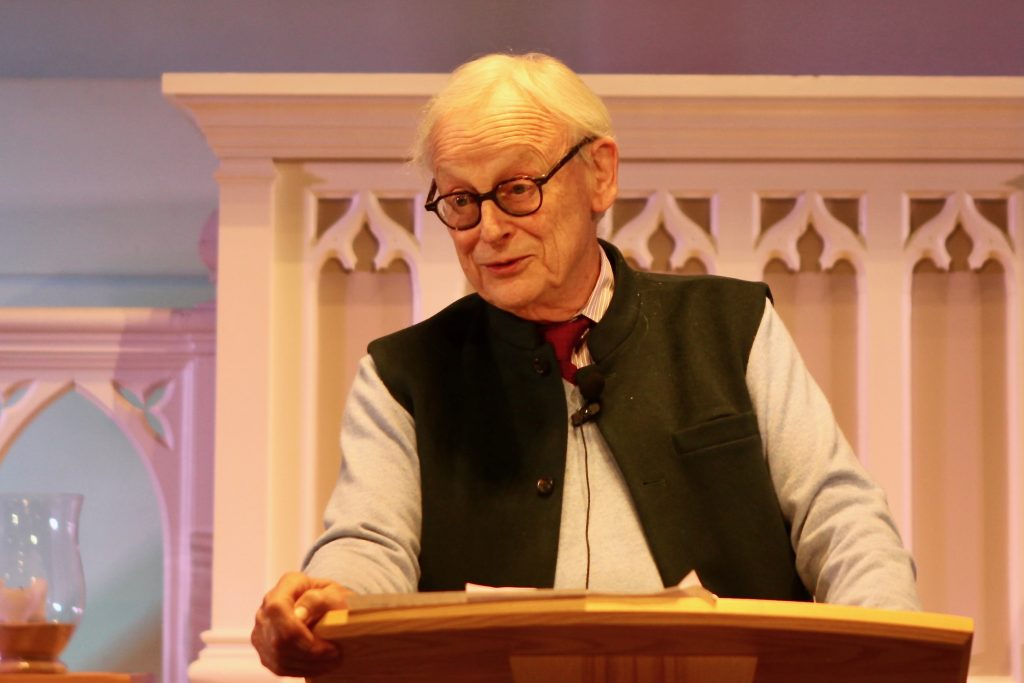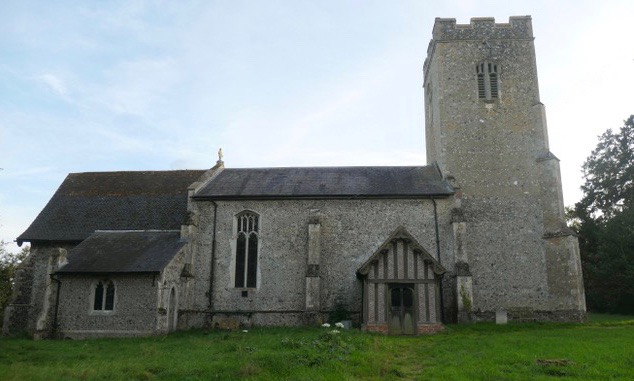by Gareth Thomas
Part 1
Part 2
Part 3: From MELTON and from SUTTON to the edge of THE NORTH SEA
*This might be just ten miles of estuary but it is two banks of a wide estuary and includes the ancient maritime town of Woodbridge. Consequently, for the sake of both compilers and readers, Part 3 is presented in two sections: 3A and 3B
Part 3A
Part 3B: From Melton to The North Sea
Back at Melton another St Andrew’s calls. Simon Knott describes it as ‘wayward’. A bit harsh, but I know what he is getting at. So far, we have seen churches struggling, sometimes against the odds, to maintain their medieval fabric on their original sites. In many cases their causes were advanced by Victorian wealth. In Melton, after much debate, that wealth was used to build a mock-up of medieval architecture on a completely new site, with stone not typical of this area, nearer to the developing township. It was completed in 1868. Somehow it lacks that aura of medieval mystery.
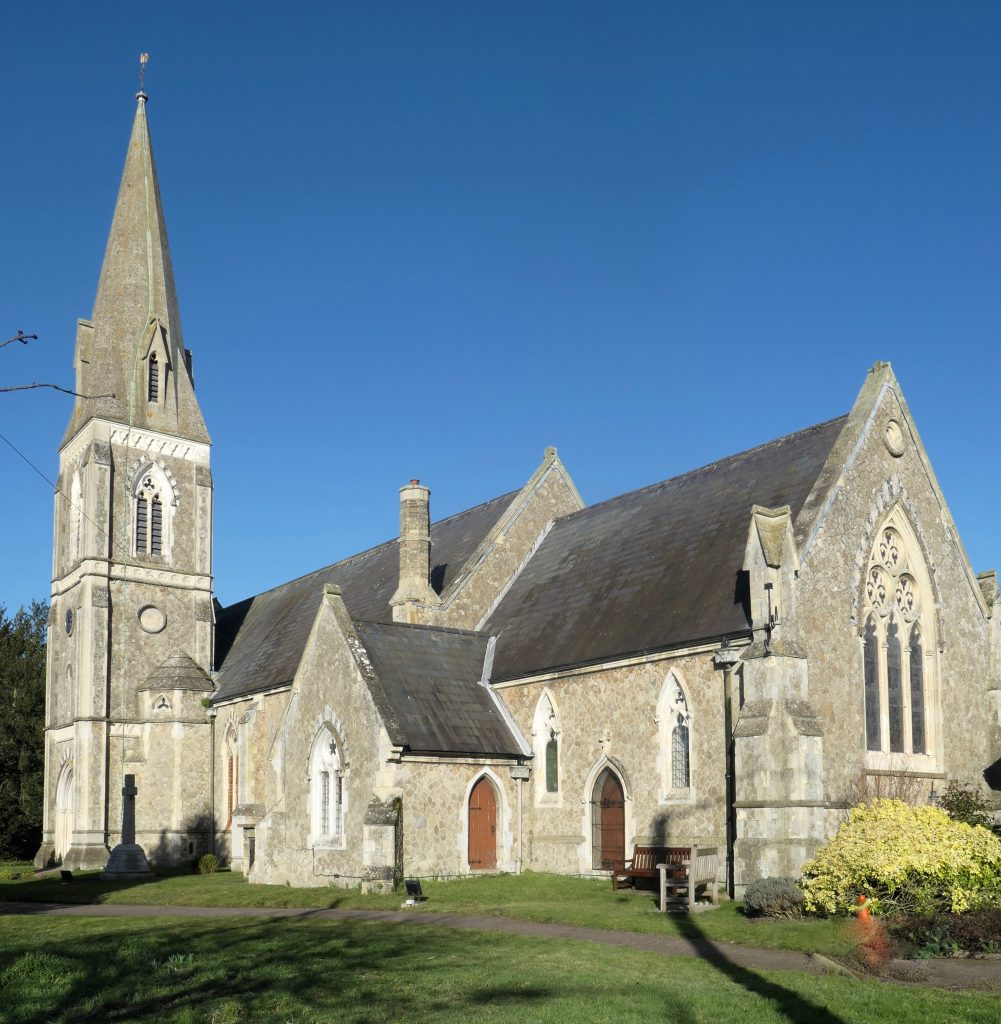
The Church of St Andrew, Melton
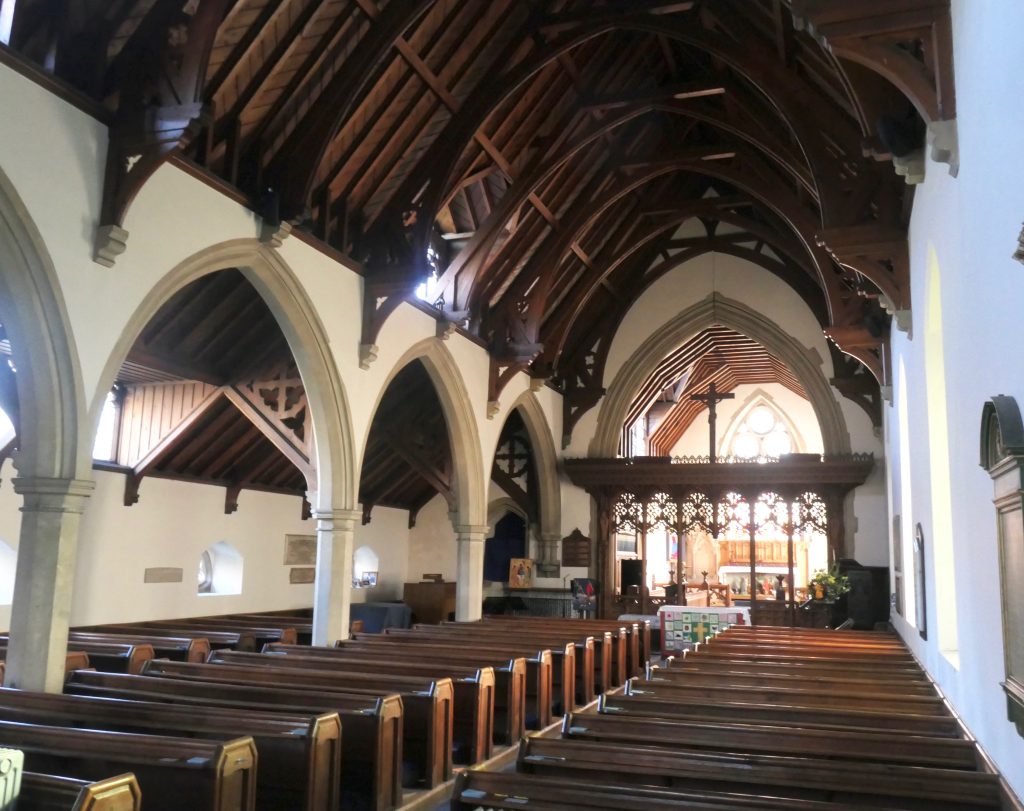
The interior of St Andrews, Melton. Note the rood screen
Continue reading →

